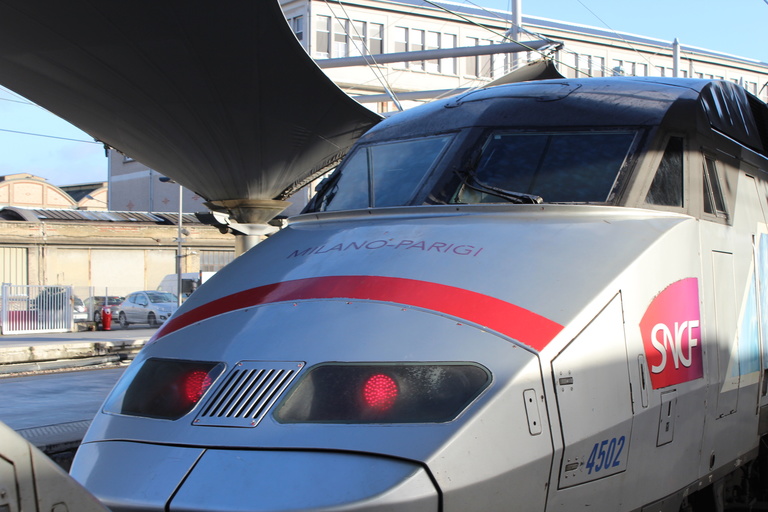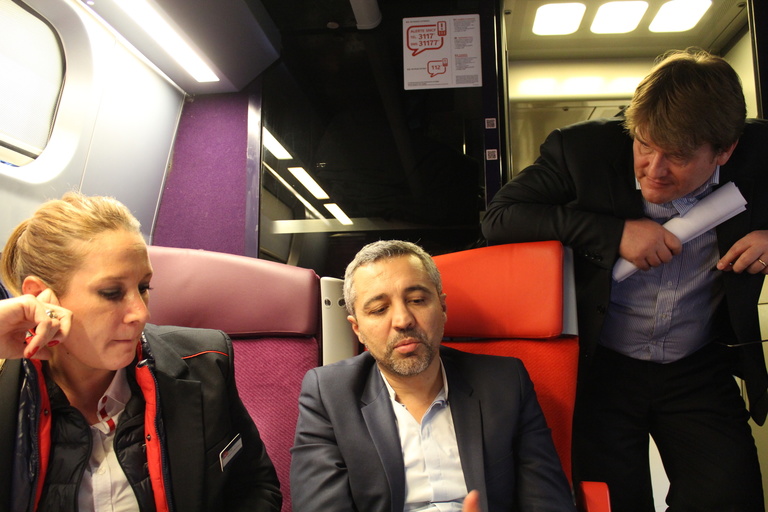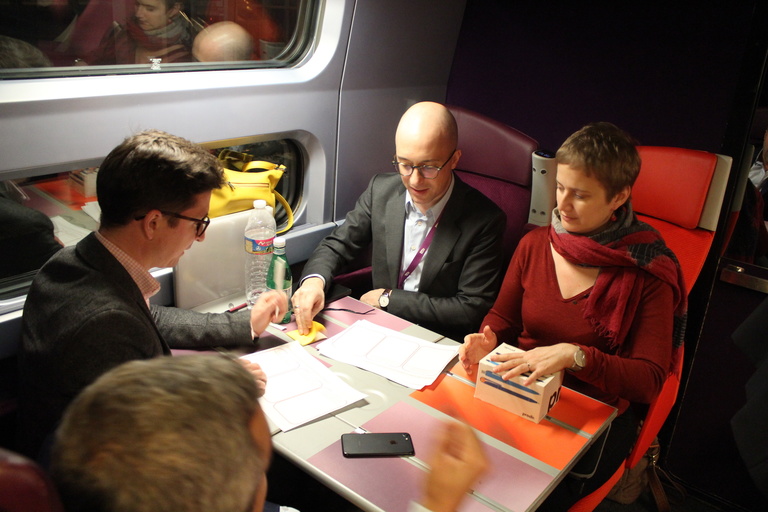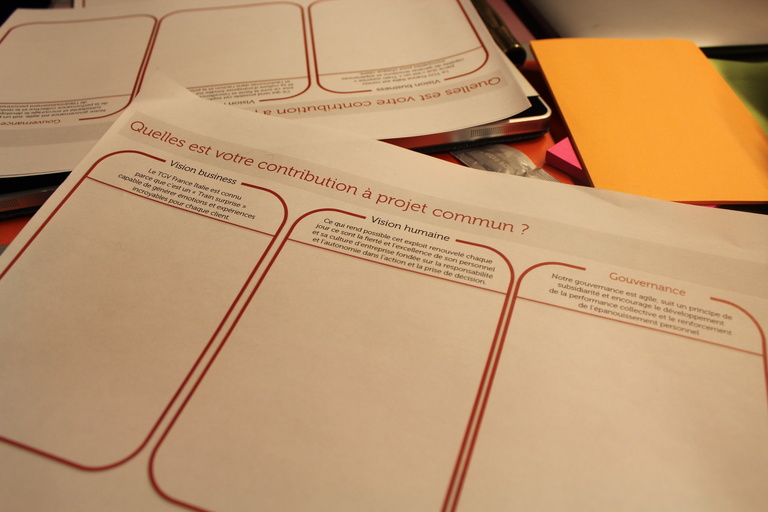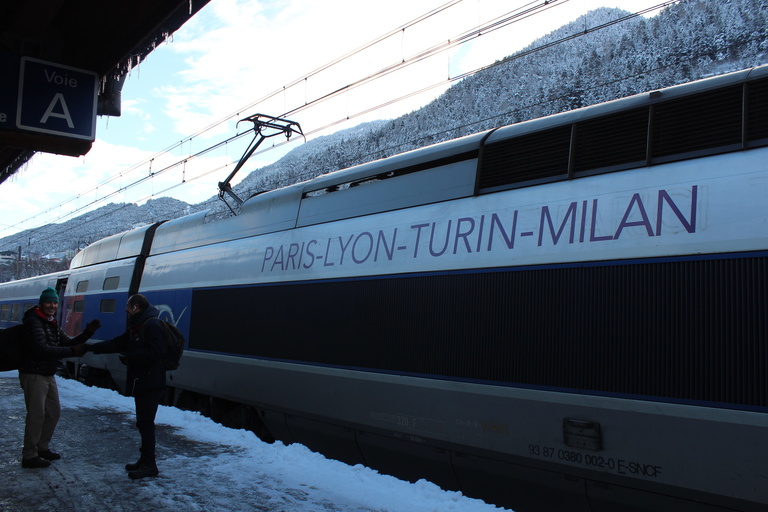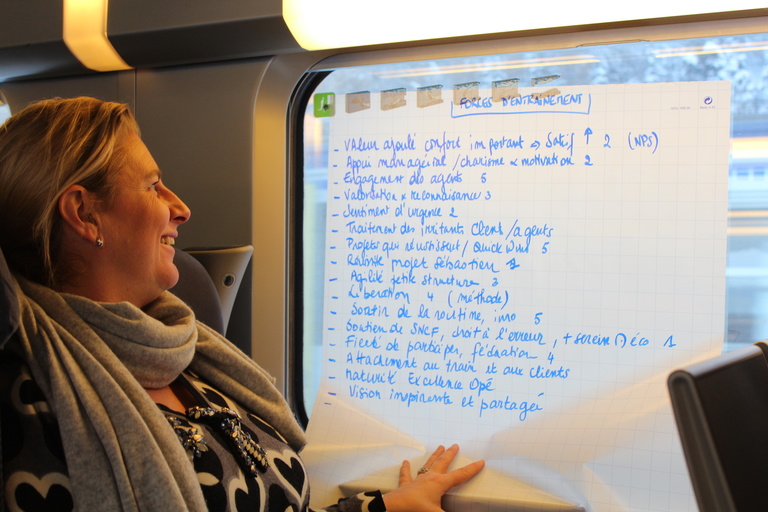The liberated company
Collective intelligence & distributed leadership as a new organisational mode
Change
Management
Innovation
Holacracy
According to the American Institute of Stress, 75% of employees who consult their doctor do so because they feel anxious at work. Many employees see companies as nerve-wracking, cold places where violence is customary. Is this due to the conventional, pyramid-shaped and hierarchy-based structures of companies? Yes, say the proponents of the “liberated company”. This philosophical movement has made inroads in management circles, academia and the media, and was popularised by Isaac Getz. At this point, however, there is a lot of theory about liberated companies, but not many liberated companies as such. So most of the process is still unexplored, and there are still questions about how it works and what benefits it provides.
From late-2017 to late-2019, Méthos had the opportunity of working with a subsidiary of SNCF, the French rail operator, which had decided to liberate its organisation in order to become a managerial innovation lab for the rest of the group. Our team of anthropologists and documentarists played a hands-on role in this managerial paradigm shift, while observing and documenting the journey at the same time. We hovered between management committee meetings and operators’ conversations by the water cooler, listened to what employees and managers were excited or unsure about, and watched what people said as much as what they did, to record and decode the road to liberating a company and the keys to start envisioning new ways of working together.
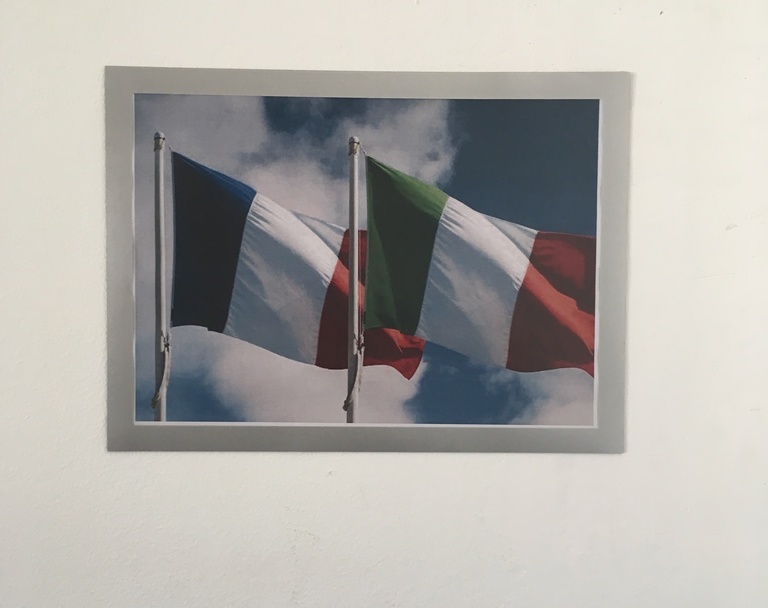
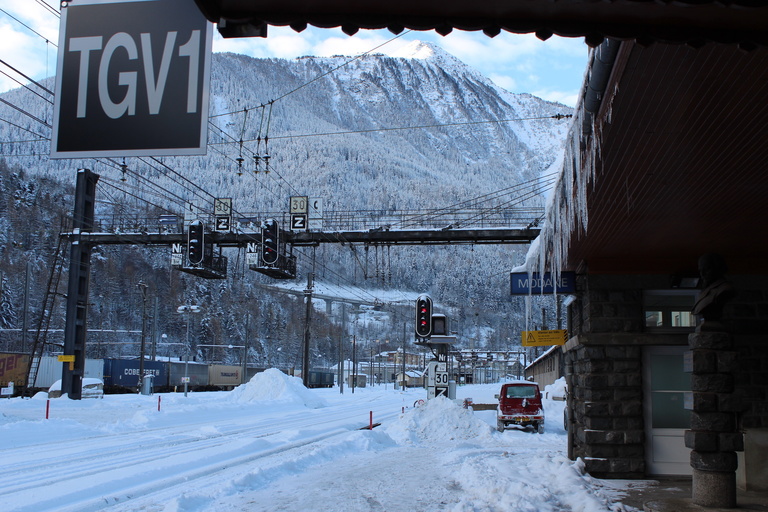
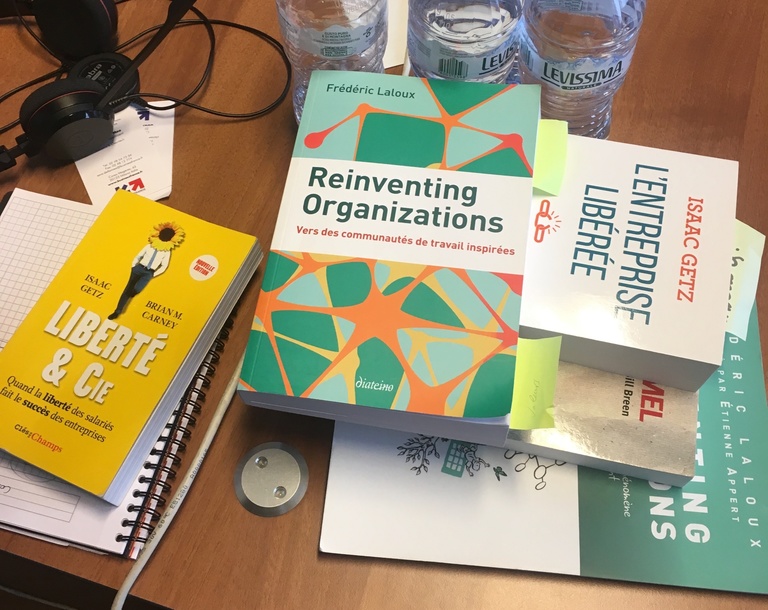
Managerial innovation
In liberated companies, the theory goes, most employees can decide what to do – as long as they consider that their decisions are in the company’s best interest – instead of following other people’s instructions or predefined procedures. The hierarchy is scattered because managers are no longer the ones making or approving decisions: the employees themselves do that. The assumption is that the sum of the individual decisions (collective intelligence) is smarter than a decision made by a handful of people at the top of the organisation.
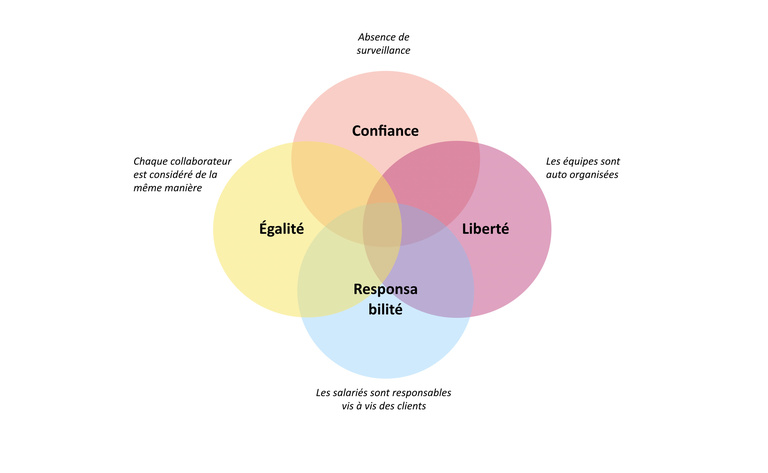
Liberated companies place the focus on trust, freedom, responsibility and equality. Excerpt from Méthos' report.

A documentary on “Happiness at work” - Arte.tv (link at the bottom of the page)
This new approach to organising work is rooted in trust, self-reliance and individual empowerment. It involves creating an inspiring work environment rather than congratulating or criticising people based on measurable results: the theory’s supporters say that this makes people happier and organisations more efficient and effective. SNCF Italia took the leap to transform its own organisation, with a view to enhancing its passenger services.
“One of the main qualities I see in Méthos is their ability to adapt to a constantly changing situation. Their teams found the way, the methods and the arrangements to provide us with the best support, through a transformation that involved a complete paradigm shift for us all.”
Jérôme Fontaine, Managing Director, SNCF Voyages Italia
A partici- patory & reflective approach
Liberation is a collective endeavour. Management can set it in motion, but it needs everyone to buy into it. Ideally, management then takes a step back and lets the employees take over, come up with ideas and hone them into new principles to reshape the company’s organisation. The new principles then start growing roots. When employees feel comfortable with these principles, and see that they work, the new habits become entrenched.
Méthos used video to help the company’s employees apply their ideas. We filmed the company in action throughout the process, from the first conversations to the first ideas, and on to the new organisation taking shape. We filmed the managers, the employees and the work they were doing, and played the footage back for them, so they could see themselves crafting their own liberation, see their own actions in a “mirror”, and decide together what to do next. (This use of film as a reflection was mainstreamed by filmmaker and anthropologist Jean Rouch).
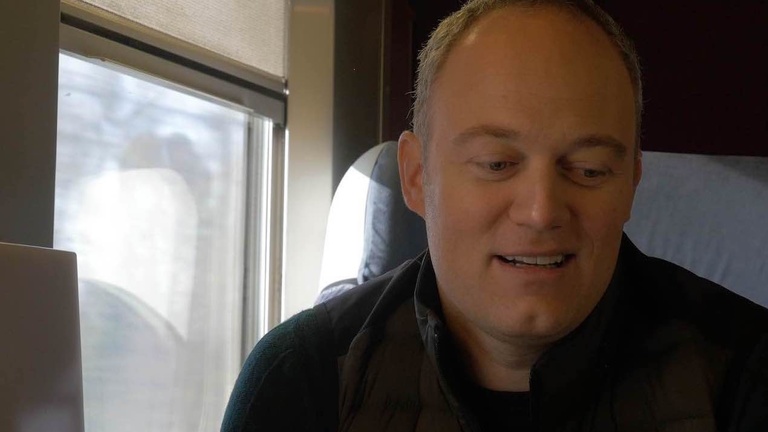
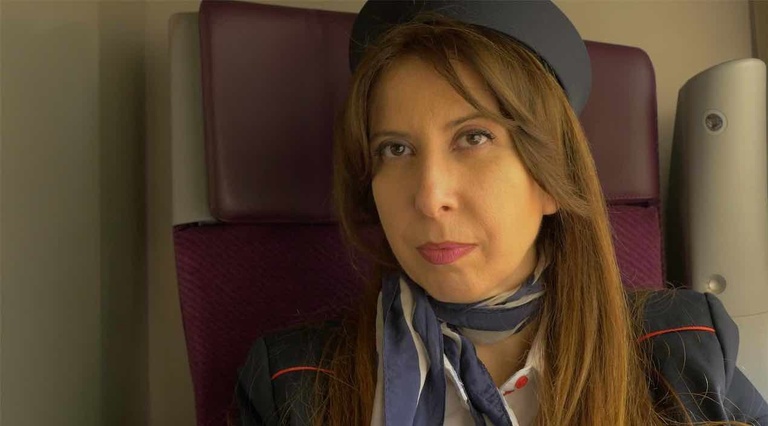
Video proved to be a valuable tool to support SNCF Italia’s liberation. It became clear as we made progress that liberation mustn’t be seen as an end in itself (companies don’t reach a point where they are “liberated): liberation is a permanent process, the members of the organisation need to return to and work on it to keep it alive.
The footage was then compiled and edited by Florian Geyer into a 52-minute film documenting the liberation adventure at SNCF Italia.
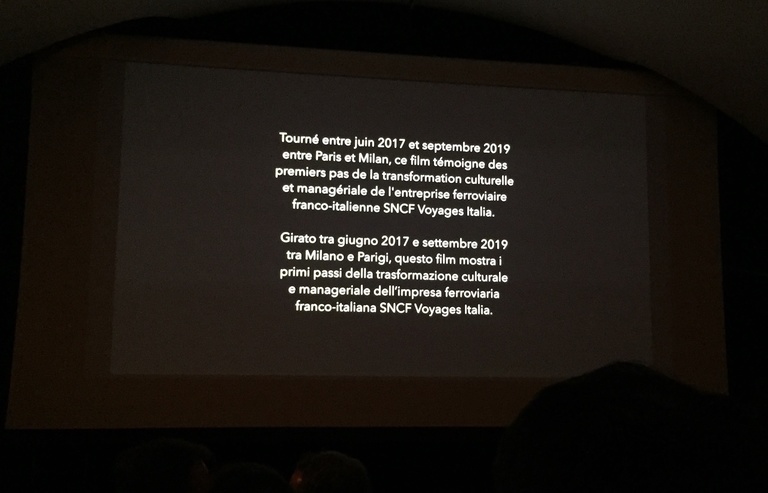
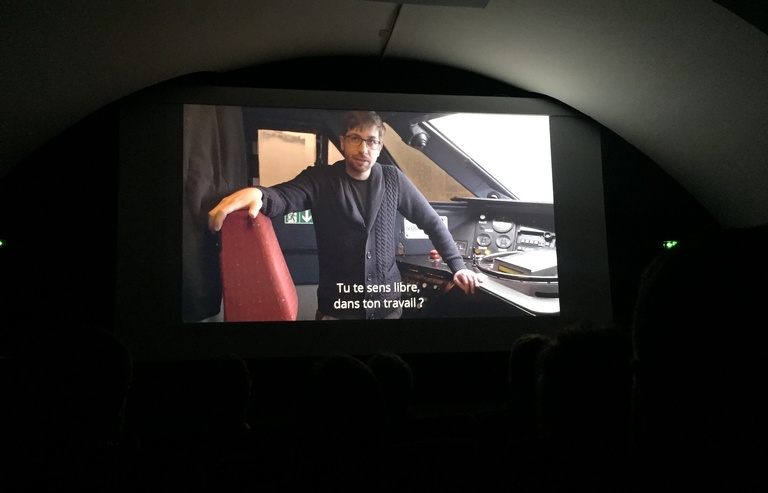
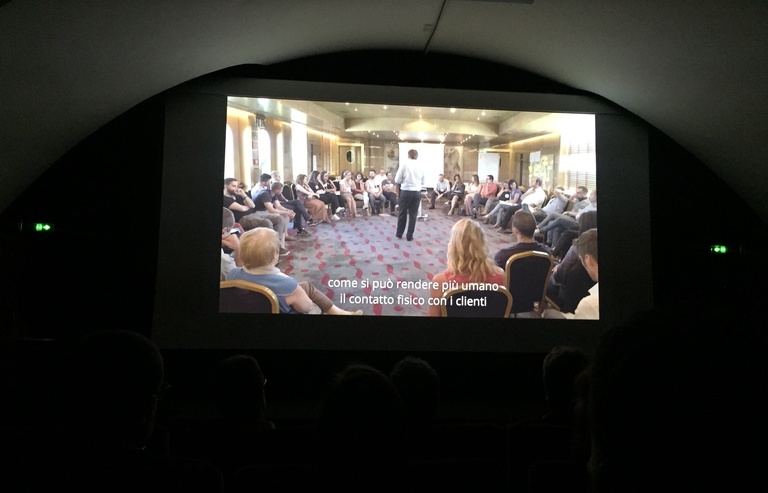
Read more
• Isaac Getz, Freedom, Inc.: How Corporate Liberation Unleashes Employee Potential and Business Performance, 2017
• Tom Peters, Liberation Management, 1993
Watch
• The film documenting the transformation at SNCF Italia
• A comparison between conventional and liberated companies
• Talk by Isaac Getz
• Resources on Arte.tv
